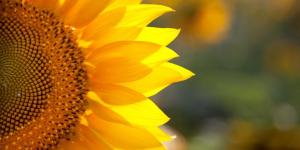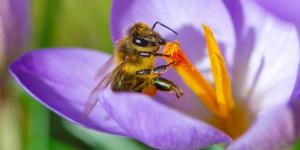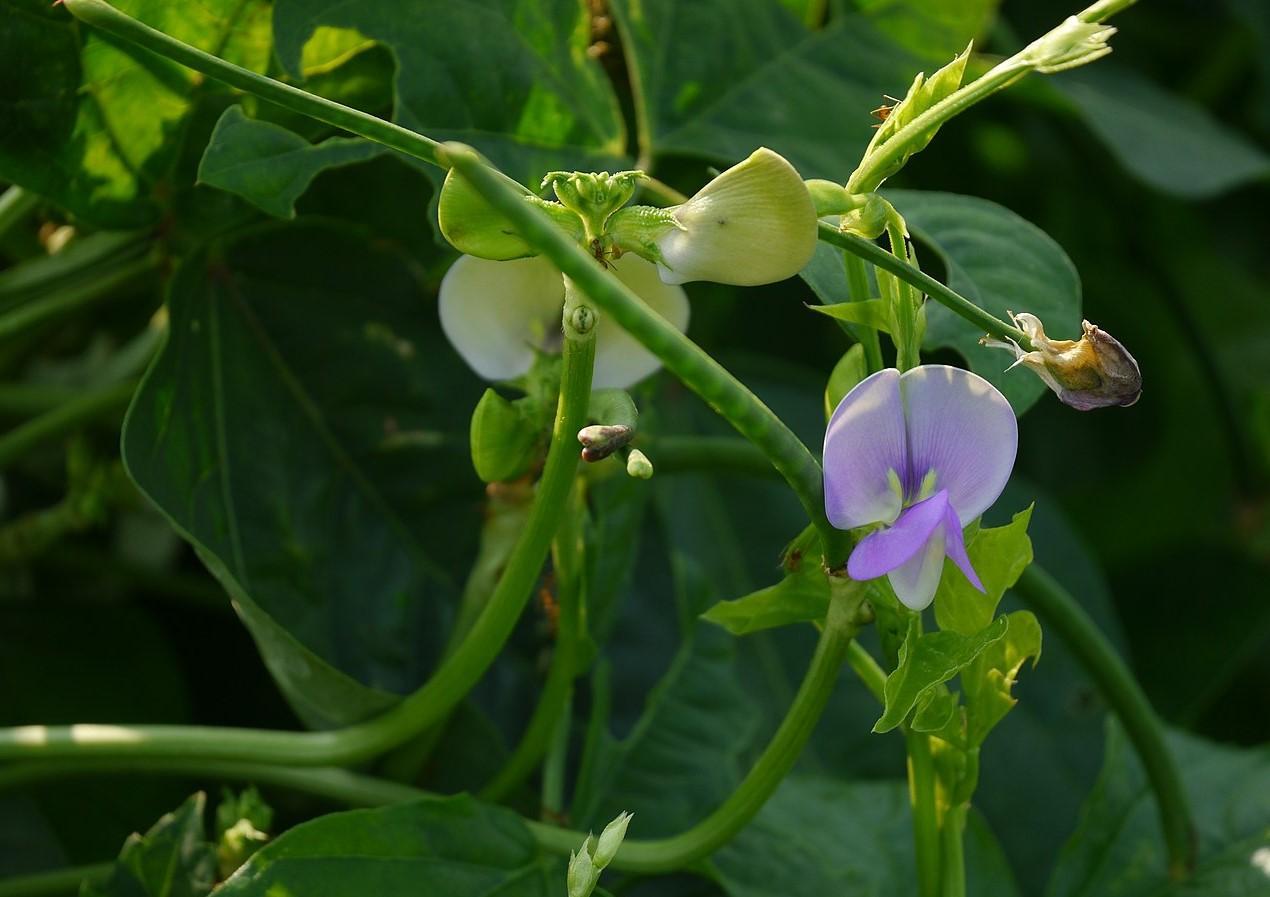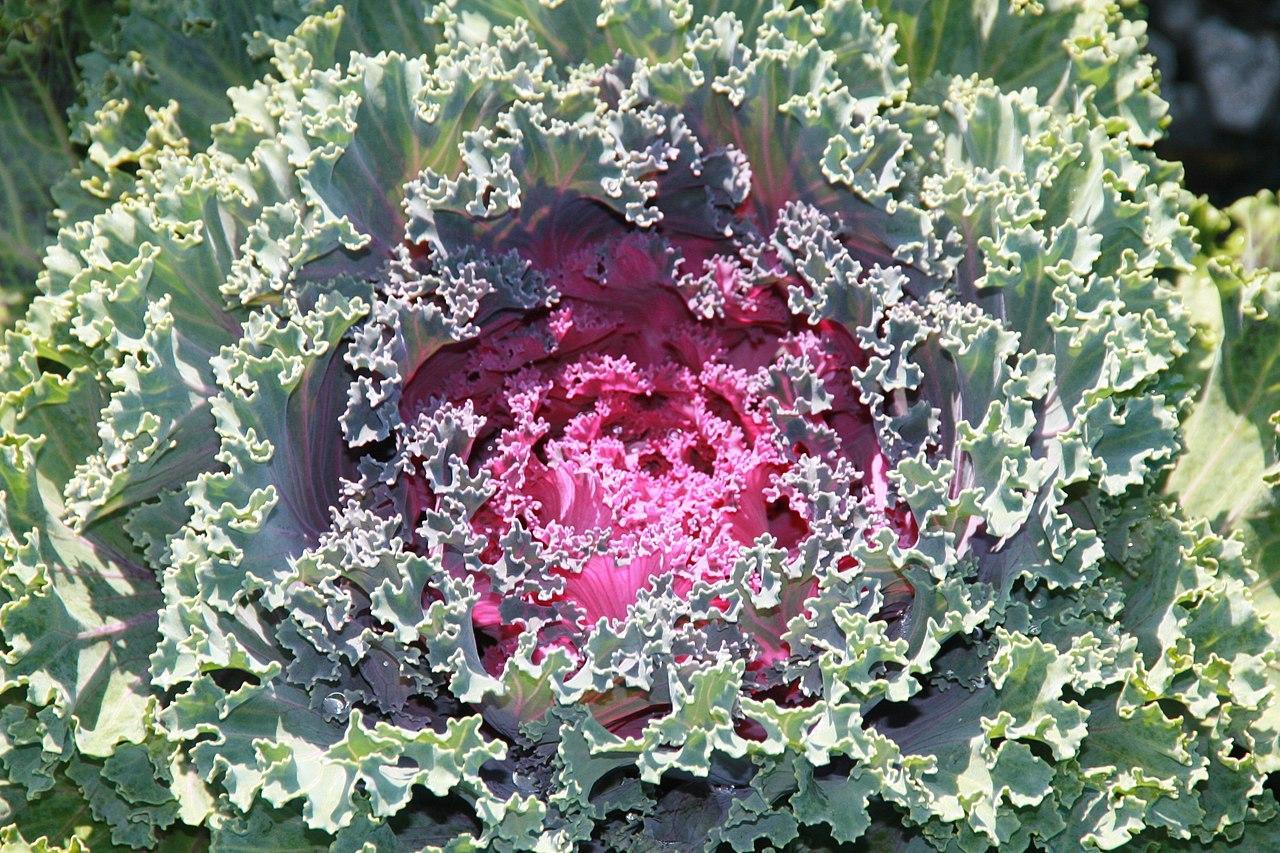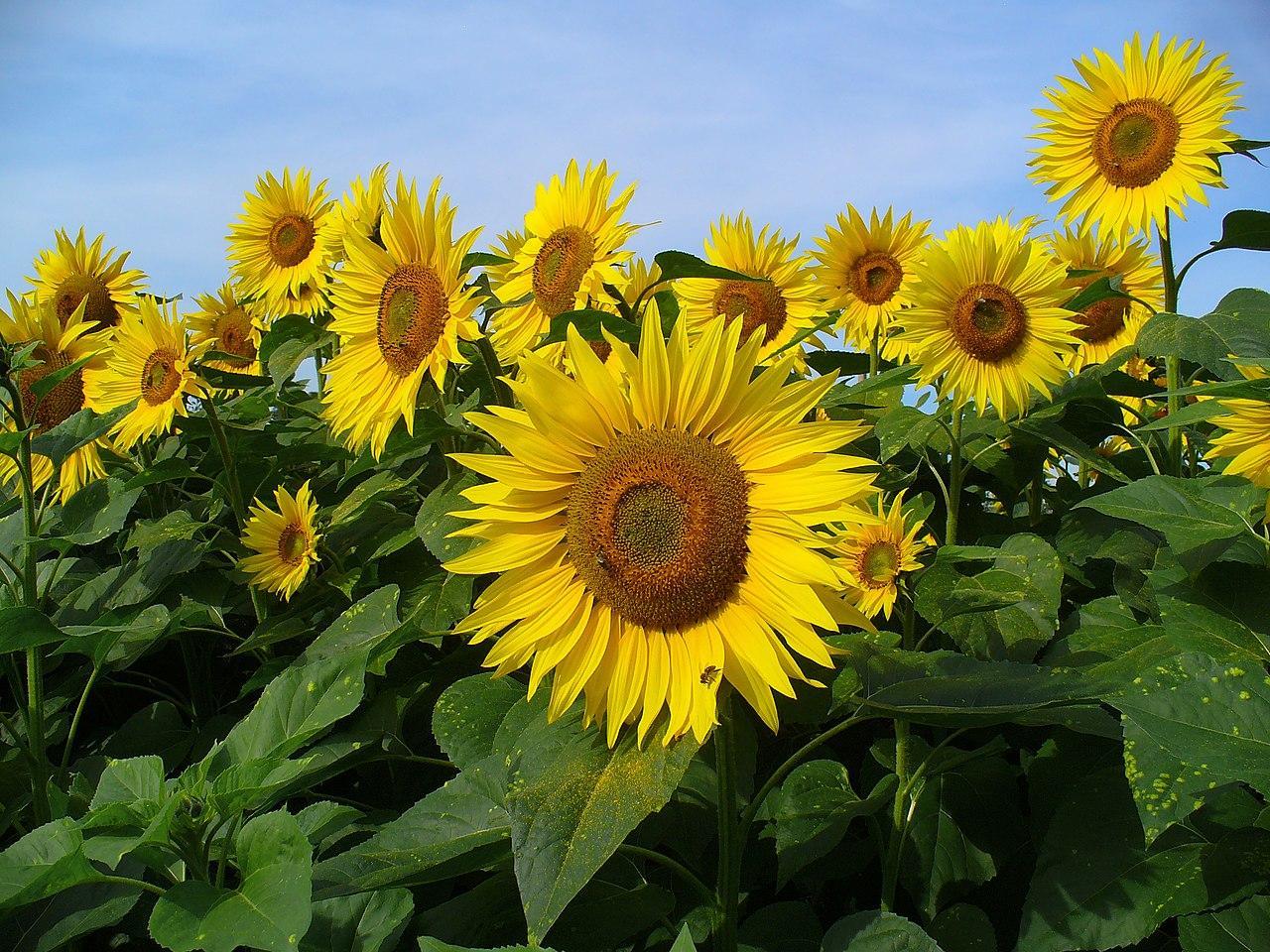Annual Flowering Plants Definition


All plants have certain basic characteristics such as needing sunlight, water and nutrients to develop. Despite these fundamental similarities, there are is an incredible range of diversity among plant species. These differences include their habitat, texture, colors, reproduction and many others. One of the most significant differences for gardeners is the life cycle of plants. Some plants are only destined to survive for a short time, while others can live for centuries. This disparity in life cycle is important. It is so important that it has led to botanists and horticulturalists categorizing plants by this specific trait.
While the life cycles of different plants vary, one category of plant is particularly noted for this trait. Flowering plants are prized for their beautiful blooms, but not all flowering plants bloom in the same way. thedailyECO explains more by providing a definition of annual flowering plants, as well as examples of annuals with photos.
What are annual flowering plants?
Annual plants are those that complete their life cycle in one year. After this time, they stop producing seeds and will die. Another way of defining annual plants is that the life cycle happens in a single growing season. We can determine whether a plant is an annual by observing their active growth, latency period and then the death of the plant. The stages of development through which they pass are as follows:
- Seed
- Vegetative phase
- Reproductive phase
- Fertilization
- Formation of new seeds
At the end of these phases of development, all the vegetative organs will die. This includes the leaves, roots, seeds and stems. The only link between descending generations is the seeds. These plants are easy to propagate from seed rather than cuttings or from a mother plant. They do not produce deep roots, so they can be kept in pots.
When we look for a definition of annual flowering plants, we can simply say these are plants which a one year life cycle during which time their flowers will bloom. This is the case for most annuals. While all organs will eventually die in annual plants, the flowers usually die much more quickly than the vegetative organs.
There are not many non-flowering annual plants, although they do exist. Some examples of non-flowering annuals include:
- Dracaena spikes (Dracaena indivisa)
- Silver ragwort (Jacobaea maritima)
Within all types of annual plants, two different types can be distinguished. These differences are dependent on the season in which they grow:
- Summer annuals: they grow, produce leaves, flower and seed during the warmer months of the year. It is important not to take the seedlings outside until the frost has passed.
- Winter annuals: they develop their basic functions during the coldest months of the year.
Now we know what annual flowering plants are, we can take a look at some of the best examples. You can learn more about how different organisms develop with our article on the phases of the cell cycle.
Cowpea (Vigna unguiculata)
Many annual plants are used as food crops for human use. The knowledge of their life cycles helps us to establish growing and harvest seasons so we can better plan our food use. This knowledge has become incredibly wide ranging, but many of its fundamentals have been known by early humans since the first development of agriculture.
This flowering annual plant is perhaps known for its various seed cultivars which include the black-eye peas, wild peas, sow-peas, catjang and Chinese long-beans. These have great nutritional value for human beings and are particularly good for storage. It is an annual summer crop, meaning they do not have a good tolerance to the cold.
As famous and amazing as their beans can be, they also have beautiful flowers which can be of varying colors, including pink, purple, yellow, white and blue. They have a distinctive stalk on the flower petals which look like little claws holding them.

Aztec marigold (Tagetes erecta)
As stated above, although the vegetative organs may live longer, the actually bloom of many annual flowering plants can be quite a short time. Mexico makes the most of this short flowering window by using the Aztec marigold, also known as the ‘Day of the Dead flower’. The yellow or orange blooms are used to decorate floats, altars and even tombs during the celebrations.
This flowering annual plant also has a delightfully sweet aroma. It is planted at the beginning of summer so the flowers are ready for the Day of the Dead festivities in November. At the beginning of December, the plants begin to dry out to finish with the seed which marks the end of their season. This plant can be kept both in a pot and planted directly in the soil of your garden, but it is an outdoor flowering plant which needs a lot of sun.

Whiteweed (Ageratum)
Among the group of annual flowering plants we can find those that are incorporated into the genus Ageratum. Collectively known as whiteweed in the US, they are more known for their blue and purple tones, although many are white. They produce compact flowers which are beautiful when they bloom, but once they start to die, they need to be pruned or removed. Seeds are sown in late spring and it can grow up to 25" in height.

Garland chrysanthemum (Chrysanthemum coronarium)
Some species of chrysanthemum are perennial, but Chrysanthemum coronarium is an annual. Also known as crowndaisy chrysanthemum, this flowering annual is widely used in Asian cooking. In China it is known as tong ho, in Japan it is called shungiku and outside of Asia it is simply known as Asian greens. The flowers can be either all yellow or yellow and white, with differences in the amounts of each color.
Garland chrysanthemum should be kept in semi-shade so that it is not burned. It is typical of temperate climates and both the stems and flowers are used for culinary purposes. The flavor is similar to watercress and it gives a cheerful touch to salads, although it can also be incorporated into soups or other dishes due to its high iron and folic acid content.

Wild cabbage (Brassica oleracea)
Although cabbage is a plant known for being consumed as a leafy vegetable, there are many gardens that incorporate it as an ornamental plant. This is due to the striking colors of its leaves that display shades of emerald green and lilac. It is one of the plants that can most withstand the cold and frost. It is a plant that must be outdoors to receive direct light during the winter and needs intense watering.
We include this on our list of annual flowering plants as it is an anomaly. Although it is actually a biannual plant (meaning it completes its life cycle in a two year period), it is grown as an annual as a crop food. Since it is a type of angiosperm plant, it is flowering. However, it doesn't flower until its second year, meaning it is a flowering plant which will never bloom when grown as an annual.

Common sunflower (Helianthus annuus)
This plant derives its name from the fact it noticeably aims its flowers towards the sun. This indicates that it is an outdoor plant that requires a lot of sun to grow. This is partly due to their size, making the sunflower one of the largest flowering annuals on our list. By looking at the taxonomic name of the common sunflower (Helianthus annuus), we can see that the fact it is an annual is seen in its name.
Sunflowers are known for growing during the summer. This is seen in the fact they can withstand long periods without watering. Conversely, these annuals do not fare well when their substrate is watered excessively.

other annual plants
As you will be able to see with the remainder of our list, not all annual flowering plants are known for their flowers. You can see that some of the plants listed here are grasses, but grasses do indeed flower. Even though their flowers do not appear in the same broad-petaled corollas as other plants, the following are all types of flowering annuals:
- Fringed linathus (Linanthus dianthiflorus)
- Basil (Ocimum basilicum)
- Winter savory (Satureja montana)
- Winter millet (Eleusine coracana)
- Soybean (Glycine max)
- Wheat (Triticum spp.)
- Common oat (Avena sativa)
- Maize (Zea mays)
- Indica rice (Oryza sativa)
- Desert zinnia (Zinnia acerosa)
Learn about other types of flowering plant which are not as famous for their flowers in our guide to the different types of rosemary and the different types of thyme plants.
If you want to read similar articles to Annual Flowering Plants Definition, we recommend you visit our Biology category.
- Curtis, H., Schneck, A., & Flores, G. (2006). Invitation to biology. Montevideo: Panamerican Medical Editorial.
- Buczacki, S. (1999). Plants in containers. Madrid: AKAL Editions.


